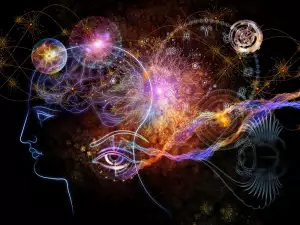Powerful magnetic fields will be used to generate artificial gravity. This innovation will help scientists test Einstein's General Theory of Relativity.
Prof. André Füzfa from a university in Belgium came up with this idea. Until now, the creation of artificial gravity was something unthinkable. And since they had no other choice, scientists had to make do with studying the separate gravitational fields of the Earth, Sun and the other celestial objects.
But today this idea doesn't seem that unrealistic. Prof. Füzfa believes that the combination of tremendous amounts of energy, the technologies used to accelerate elementary particles, such as the Large Hadron Collider by CERN and thermonuclear reactors such as ITER, may indeed make the creation of a gravitational field fully possible.
In his article, the professor gives a theoretical mathematical foundation of the method of constructing such gravitational fields. The basis for his magnetic apparatus are the observations that a powerful magnetic field bends space-time in nearly the same way as a gravitational field.
This type of experiment would be exceptionally costly. But if it turns out to be successful and scientists manage to create even weak gravitational fields, this would be a unique achievement for physics and science in general.
Artificial gravity won't have any practical applications but will allow testing of Einstein's general theory of relativity, which describes gravity as a geometric property of space-time.
It would allow for producing gravitational interactions in the same way as the other 3 fundamental interactions - electromagnetic, strong and weak.
It would be a gigantic leap industrially and experimentally. The opportunities are endless.









